Fire management is becoming a critical carbon abatement tool. An observable increase in bushfire intensity and rates of spread have been seen around Australia over the last decade. According to the Bureau of Meteorology, increases in monsoonal rainfall and increased storm activities in northern Australia have led to increased fuel growth and more incidents of fire ignition from lightning strikes. So reducing the impact of larger, more intense fire events, is of increasing importance, especially given their role as a significant carbon emitter.
Strategic fire management
Savanna burning projects aim to reduce the amount of carbon dioxide, methane and nitrous oxide emitted from wildfires. These projects work by burning in the early part of northern Australia’s dry season, from April to October. By burning in cooler, more controlled conditions, the frequency and extent of wildfire can be reduced, which means less emissions overall.
Many successful savanna fire management projects have been undertaken by Aboriginal groups and are the source of major Indigenous recruitment to the sector. The Aboriginal Carbon Foundation (ABCF) has reported that around 22 of total 78 savanna burning projects have been implemented with significant Aboriginal involvement.
The diversity of ways savanna burning occurs is indicative of the specialised knowledge project managers have about the country they’re working on. According to the CER, in the prescribed period, savanna burning projects may involve igniting fires from aircraft, from vehicles along the sides of roads and tracks, from boats on waterways, or by walking across country. There may also be other ACCU-generating, fire-limiting work done outside the prescribed burning period. These can include the construction and maintenance of firebreaks to limit the spread of bushfire and bushfire suppression during the fire season. Practices vary depending on landscape considerations such as fuel type and topography.
Quantifying and measuring
A common question people first ask when learning about savanna burning projects is: how are their benefits quantified? Firstly, activities that accrue ACCUs from savanna burning projects are assessed by two methodologies :
– Carbon Credits (Carbon Farming Initiative – Sequestration and Emissions Avoidance) Methodology Determination 2018; and
– Carbon Credits (Carbon Farming Initiative – Emissions Avoidance) Methodology Determination 2018.
The process of measuring activities is managed by the Savanna Burning Abatement Tool (SAVBAT 3), which automates GIS processes and calculations needed to estimate net abatement in accordance with the Emissions Reduction Fund (ERF).
Savanna burning is an important tool for carbon abatement and in turn, slowing down climate change. According to the ABCF, 70% of all ACCUs produced have been produced by Indigenous savanna burning projects. But just as important are the social benefits. Organisations such as ABCF are aiming to increase Aboriginal involvement in burning projects, not just in northern Australia, but around the world. Since the first savanna burning project was approved in 2012, savanna burning projects have been directing wealth generated by Aboriginal people back into Aboriginal communities through projects governed under the national ERF and Queensland government’s Land Restoration Fund (LRF).







